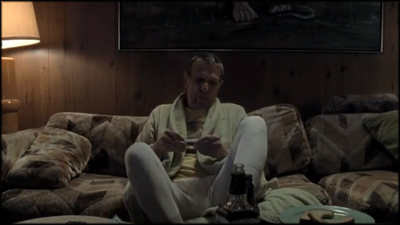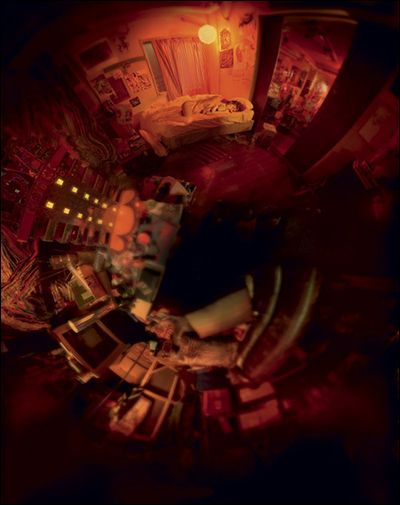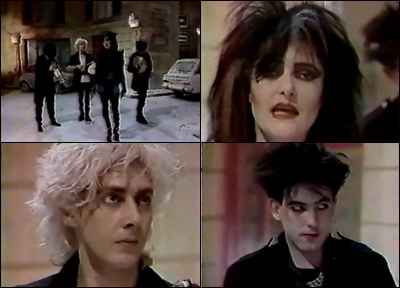After a brief hiatus, David Forbes’ All Tomorrows column, your informal classroom on the glories of sci-fi’s Deviant Age, returns to Coilhouse. Welcome back, David!

Paul took a deep breath to still his trembling. “If I call out there’ll be servants on you in seconds and you’ll die.”
“Servants will not pass your mother who stands guard outside that door. Depend on it. Your mother survived this test. Now it’s your turn. Be honored. We seldom administer this to men-children.”
Curiosity reduced Paul’s fear to a manageable level. He heard truth in the old woman’s voice, no denying it. If his mother stood guard outside… if this were truly a test… And whatever it was, he knew himself caught in it, trapped by that hand at his neck: the gom jabbar. He recalled the response from the Litany against Fear as his mother had taught him out of the Bene Gesserit rite.
“I must not fear. Fear is the mind-killer. Fear is the little death that brings total obliteration. I will face my fear. I will permit it to pass over me and through me. And when it has gone past I will turn the inner eye to see its path. Where the fear has gone there will be nothing. Only I will remain.”
Chilton published car manuals. So it must have come as some surprise, 45 years ago, when, out of nowhere, they released a lengthy, phenomenally strange science fiction novel by a nearly unknown journalist. The man’s agent wasn’t even enthusiastic about the manuscript and it had seen rejection from every reputable sci-fi publishing house before squeaking into the pages of Analog.
Dune, read the imposing cover, with its evocatively psychedelic sand swirls and tiny white figures straining against an implied storm. The John Schoenherr art revealed little about the plot or themes inside, other than to convey a sense of struggle and desolation in an otherworldly place.
Opening it up, the reader was plunged into a story of universe-shaking drugs, dynastic backstabbing and heterodox mysticism sprinkled with a tumble of words (Bene Gesserit, Kwisatz Haderach, Sardaukar, gom jabbar) so strange as to constitute a second language. Whatever the sci-fi readers of the day might have expected, this was doubtlessly not it. By all rights, this unexpected book should have sunk beneath the proverbial sands, awaiting rediscovery in a friendlier artistic age.
Instead, after a somewhat tepid start, it proved a runaway best-seller, sweeping every award sci-fi had to offer. Dune would go on to define the rest of Herbert’s life and ripple into the surrounding culture with an impact that no one, including its author, could have foreseen.
In many ways Dune was the epic Omega to the Alpha of J.R.R. Tolkien’s Lord of the Rings; released about a decade before. It was sci-fi’s answer to fantasy’s magnum opus, and its only book that can rival Tolkien’s in terms of cultural influence. Herbert’s masterpiece proved tenaciously infectious, its tendrils stretching into all sorts of unexpected corners of the culture, with even its mantras showing up as warning or inspiration.
What is it about this ornate myth that keeps fascinating new generations, why has Dune outlasted its era with such influence?











